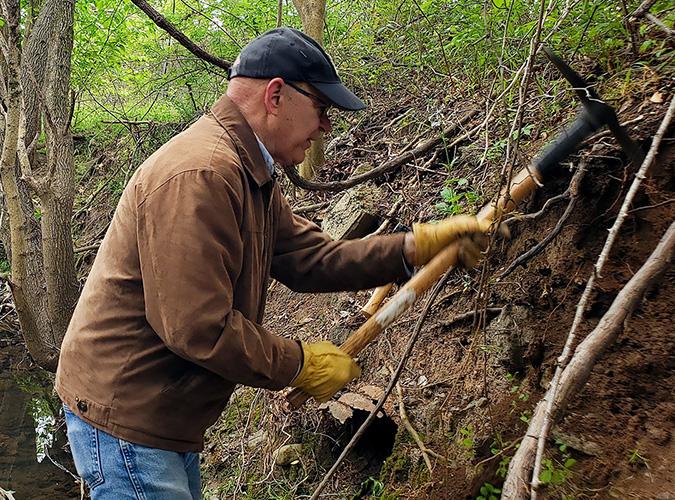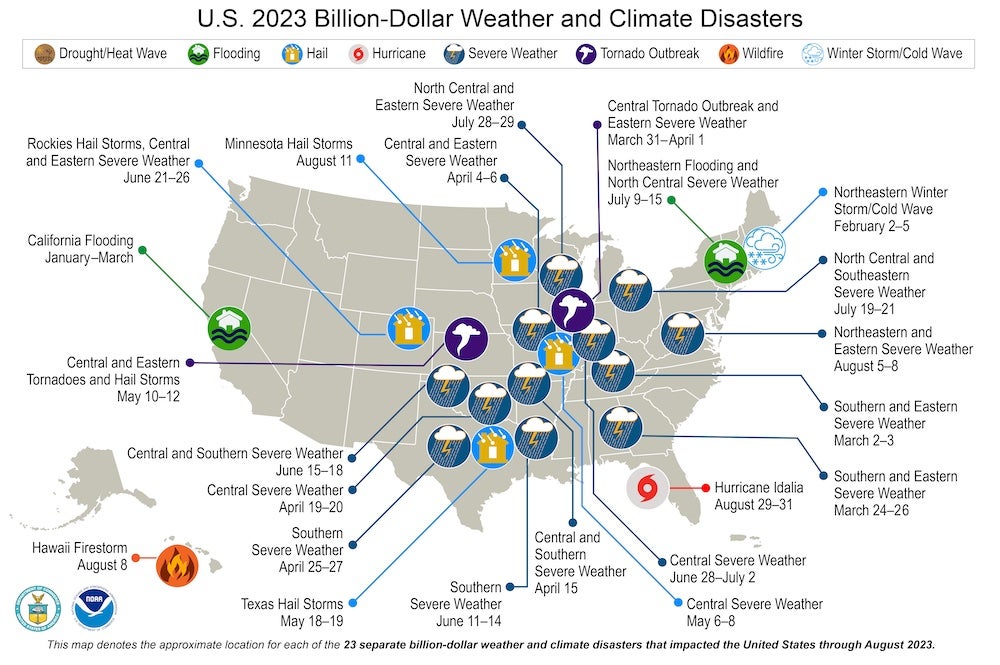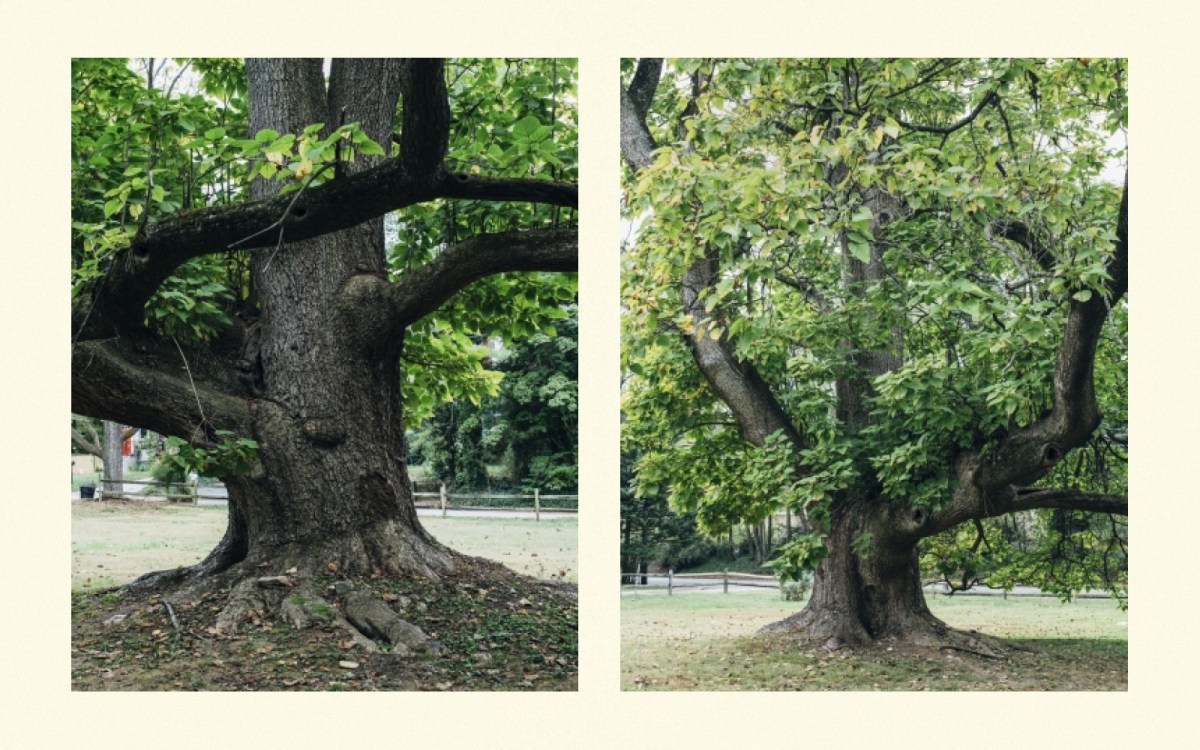More than 80 percent of the world is affected by light pollution. Humans have become so accustomed to not seeing stars in the city that, following a blackout caused by a 1984 earthquake in Los Angeles, people reported seeing a “giant silvery cloud,” which was in fact our own Milky Way galaxy showing up in the absence of artificial light.
It is well known that artificial light at night (ALAN) affects terrestrial lifeforms, from birds and moths to humans and their sleeping patterns. Now, a new study explores how light pollution affects entire coastal marine ecosystems, from corals and fish to whales and the plankton they eat.
“[L]ittle is known about effects of light on broad groups of marine taxa such as cetaceans, ecosystem-level effects, or interactive impacts of light and other anthropogenic stressors. Light is a key structuring factor of the marine environment and can therefore elicit immense downstream effects on marine organisms individually, at the population- or ecosystem-level,” the study said.
The study highlights important knowledge gaps in marine light pollution ecology and makes recommendations for management and research going forward.
“Sea creatures have evolved over millions of years to adapt to natural light intensity and patterns,” said lead author of the study Colleen Miller, who conducted the research as a doctoral student working in the Cornell Lab of Ornithology, reported the Cornell Chronicle. “But now they face an ever-increasing flood of light from human development along the coasts and, except for a few case studies, we have a limited understanding about how it affects many species and entire ecosystems.”
The study, “A synthesis of the risks of marine light pollution across organismal and ecological scales,” was published in the journal Aquatic Conservation: Marine and Freshwater Ecosystems.
Natural light from the moon and stars, which is important to marine creatures and affects their behavior, feeding, hormonal cycles and reproduction, is easily obscured or even entirely blocked by artificial light.
“Artificial light at night is harmful to sea turtles in two ways,” Miller said, as the Cornell Chronicle reported. “Females trying to find a quiet dark spot to lay their eggs avoid light and may end up not coming ashore at all. Hatchlings head toward inland lights instead of moonlight on the water and then die of dehydration or starvation.”
LED lights make matters worse. Their usually shorter light wavelengths penetrate the water more deeply than older types of lighting.
“The blue light can actually penetrate right down to the seafloor,” said professor Tim Smyth, head of science for marine biogeochemistry and observations at the UK’s Plymouth Marine Laboratory and lead author of another study on ALAN’s disruption of marine habitats, as reported by Mongabay. “Certainly, when I was growing up in the ’70s and ’80s, the cities were much more of an orange glow… I think if we go towards that kind of coloring of that spectrum again, that would be a positive step.”
Campaigns on the local state and regional levels to keep skies darker in order to help migrating birds have been helpful to coastal marine ecosystems near cities.
“We also need to look at artificial light at night on a broader scale,” Miller said, as the Cornell Chronicle reported. “We need much more data from a larger geographic area and over a broader range of organisms. We should be urgently concerned about how artificial light at night is affecting marine ecosystems.”
The use of more red light is another viable possibility, as it penetrates less deeply into the water. Barriers could also be placed along coastlines to block artificial light from cities.
“Light pollution is an urgent concern for marine ecosystems because marine organisms have tight relationships with their natural light environment. As the world moves deeper into the Anthropocene, assessing and mitigating the risks of this pollutant to key environmental and economic marine systems is critical to maintaining a healthy ocean,” the study said.
The post Light Pollution Threatens Entire Coastal Ecosystems, Study Suggests appeared first on EcoWatch.






